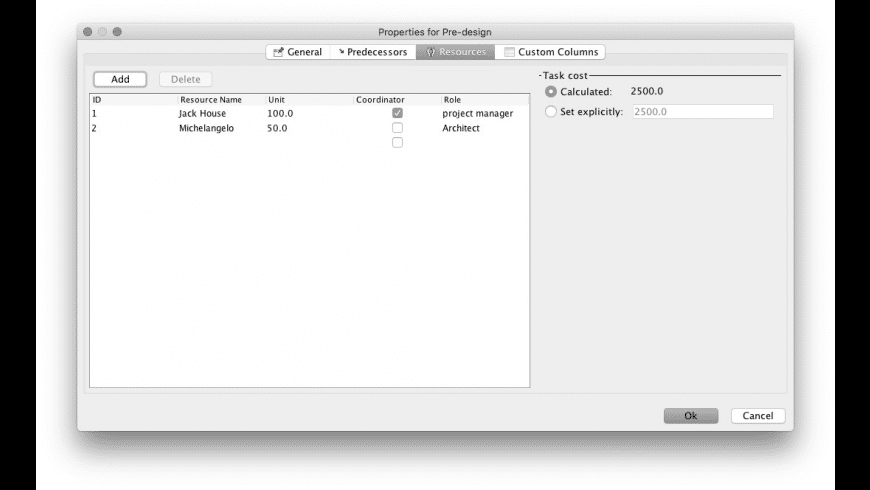- Control and optimize the Java-powered applets and applications launched in your system via the dedicated runtime environment. Manage JRE support and processing options, download and integrate various updates, monitor Java performance, create reports, etc. Our website provides a free download of Java SE Runtime Environment 7 1.7 for Mac.
- Feb 13, 2019 Re-downloading the app, rebooting the Mac, installing system software updates, and using the command line are covered here. Note if you are seeing a similar but different error message with Mac App Store apps, use this troubleshooting guide instead. 1: Re-download the App.
The 'Java for Mac OS X 10.6 Update 16' has broken one of my important java-based programs, Geneious (DNA sequence analysis program). The company is working on a fix but there may be people on this list that can offer a solution (other than use TM).
Hi, you likely do need to upgrade, yet it's probably not possible.
Open Java Preferences in Applications>Utilities>Java, do you see these versions...
So we know more about it...
At the Apple Icon at top left>About this Mac, then click on More Info, then click on Hardware> and report this upto but not including the Serial#...
Run Java On Mac
Hardware Overview:

Model Name: eMac
Model Identifier: PowerMac6,4
Processor Name: PowerPC G4 (1.2)
Processor Speed: 1.42 GHz
Number Of CPUs: 1
L2 Cache (per CPU): 512 KB
Memory: 2 GB

Bus Speed: 167 MHz
Mac Update Broke Java Application
Boot ROM Version: 4.9.2f1
Jan 30, 2012 6:42 PM
How to get updates for macOS Mojave or later
If you've upgraded to macOS Mojave or later, follow these steps to keep it up to date:
- Choose System Preferences from the Apple menu , then click Software Update to check for updates.
- If any updates are available, click the Update Now button to install them. Or click ”More info” to see details about each update and select specific updates to install.
- When Software Update says that your Mac is up to date, the installed version of macOS and all of its apps are also up to date. That includes Safari, iTunes, Books, Messages, Mail, Calendar, Photos, and FaceTime.

To find updates for iMovie, Garageband, Pages, Numbers, Keynote, and other apps that were downloaded separately from the App Store, open the App Store on your Mac, then click the Updates tab.
To automatically install macOS updates in the future, including apps that were downloaded separately from the App Store, select ”Automatically keep my Mac up to date.” Your Mac will notify you when updates require it to restart, so you can always choose to install those later.
How to get updates for earlier macOS versions
If you're using an earlier macOS, such as macOS High Sierra, Sierra, El Capitan, or earlier,* follow these steps to keep it up to date:
- Open the App Store app on your Mac.
- Click Updates in the App Store toolbar.
- Use the Update buttons to download and install any updates listed.
- When the App Store shows no more updates, the installed version of macOS and all of its apps are up to date. That includes Safari, iTunes, iBooks, Messages, Mail, Calendar, Photos, and FaceTime. Later versions may be available by upgrading your macOS.
To automatically download updates in the future, choose Apple menu > System Preferences, click App Store, then select ”Download newly available updates in the background.” Your Mac will notify you when updates are ready to install.
* If you're using OS X Lion or Snow Leopard, get OS X updates by choosing Apple menu > Software Update.
How to get updates for iOS
Learn how to update your iPhone, iPad, or iPod touch to the latest version of iOS.
Learn more
- Learn how to upgrade to the latest version of macOS.
- Find out which macOS your Mac is using.
- You can redownload apps that you previously downloaded from the App Store.
- Your Mac doesn't automatically download large updates when it's using a Personal Hotspot.